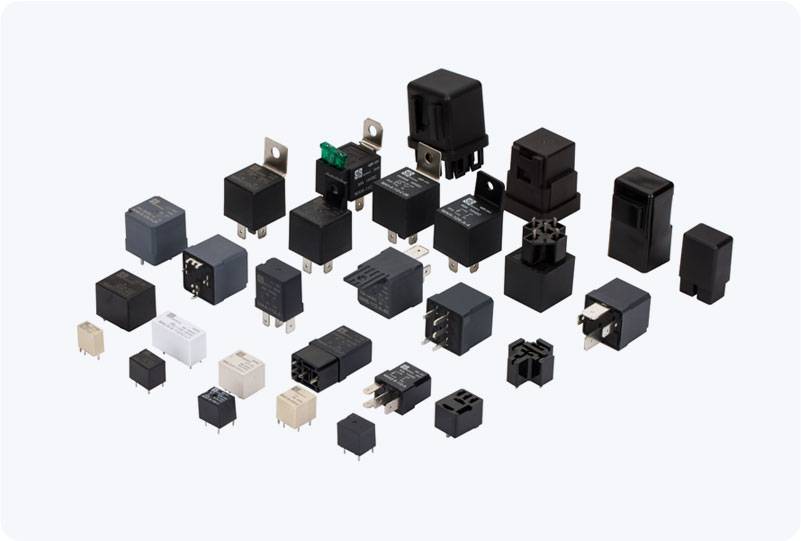The rise of electric vehicles (EVs) has introduced significant innovations in automotive technology. At the heart of an EV’s powertrain is the battery, the main source of energy for propulsion. One crucial yet often overlooked component in the management of EV battery systems is the EV Battery Relay. This small but essential part plays a vital role in ensuring the safe, efficient, and reliable operation of the vehicle’s electrical systems. In this article, we will explore the functions, types, and significance of the EV Battery Relay in electric vehicles.

What is an EV Battery Relay? An EV Battery Relay is an electromechanical switch that controls the flow of electricity between the electric vehicle’s battery and other components, such as the electric motor and charging system. The primary function of the relay is to open and close electrical circuits, allowing or cutting off the flow of power. In simple terms, it acts as a gatekeeper, determining when electricity should flow from the battery to power the motor or other systems and when it should be cut off for safety reasons. Key Functions of the EV Battery Relay Power Distribution Control: The most fundamental role of the EV Battery Relay is to manage the power distribution between the battery and the electric motor. When the vehicle is powered on, the relay closes the circuit, allowing electricity to flow from the battery to the motor, enabling the vehicle to move. Similarly, when the vehicle is powered off or when the battery is being charged, the relay opens the circuit to prevent the flow of electricity, ensuring the battery is isolated from the motor.